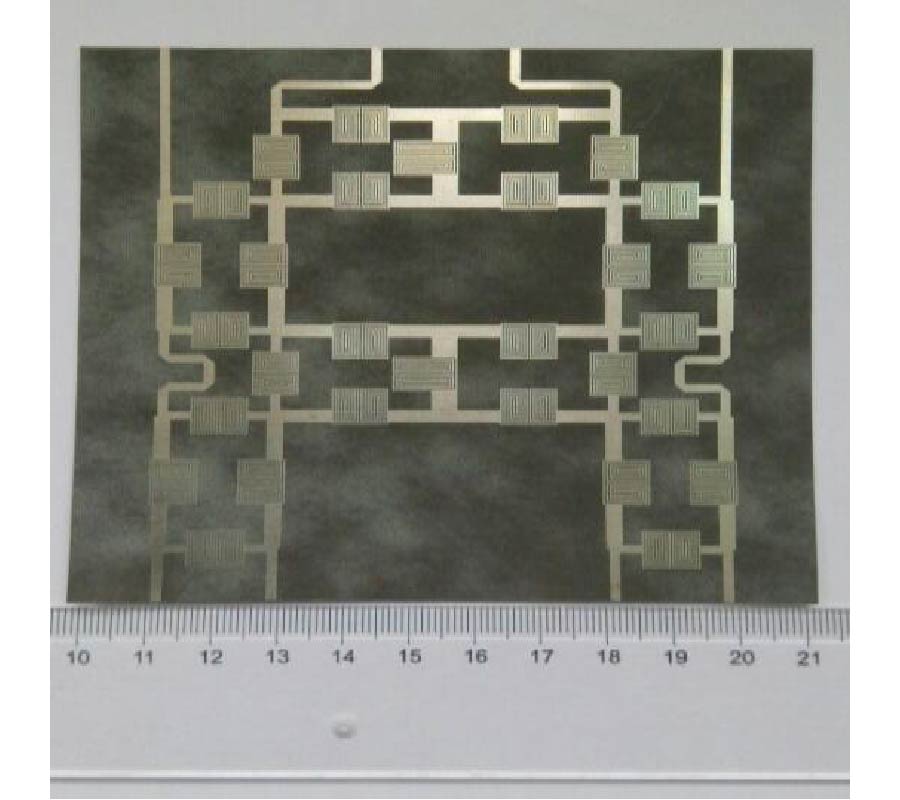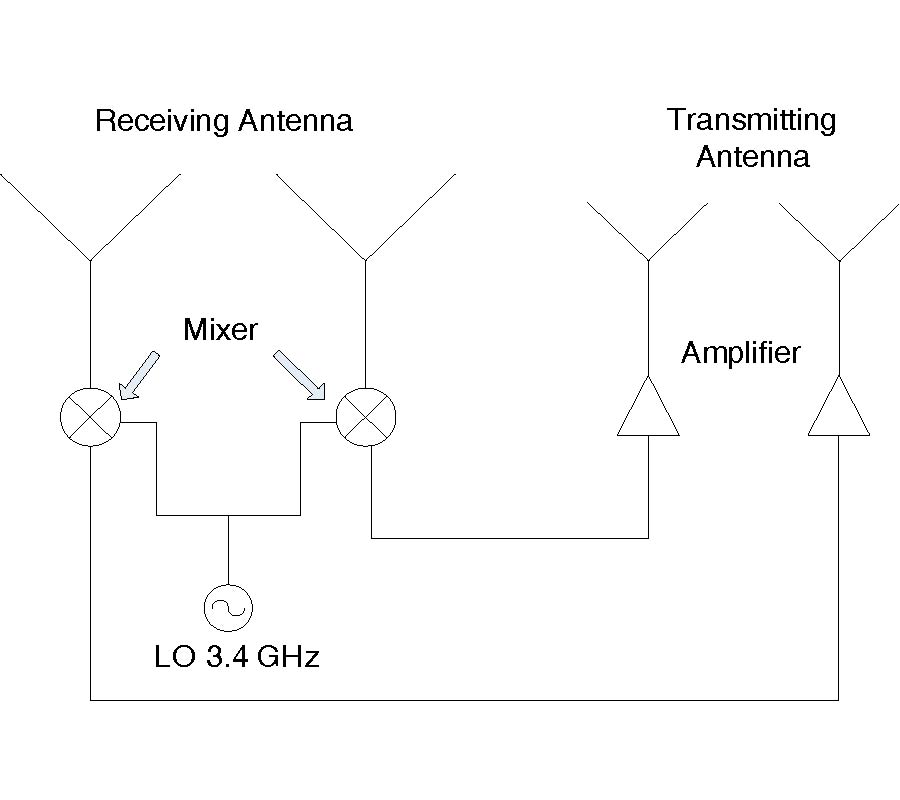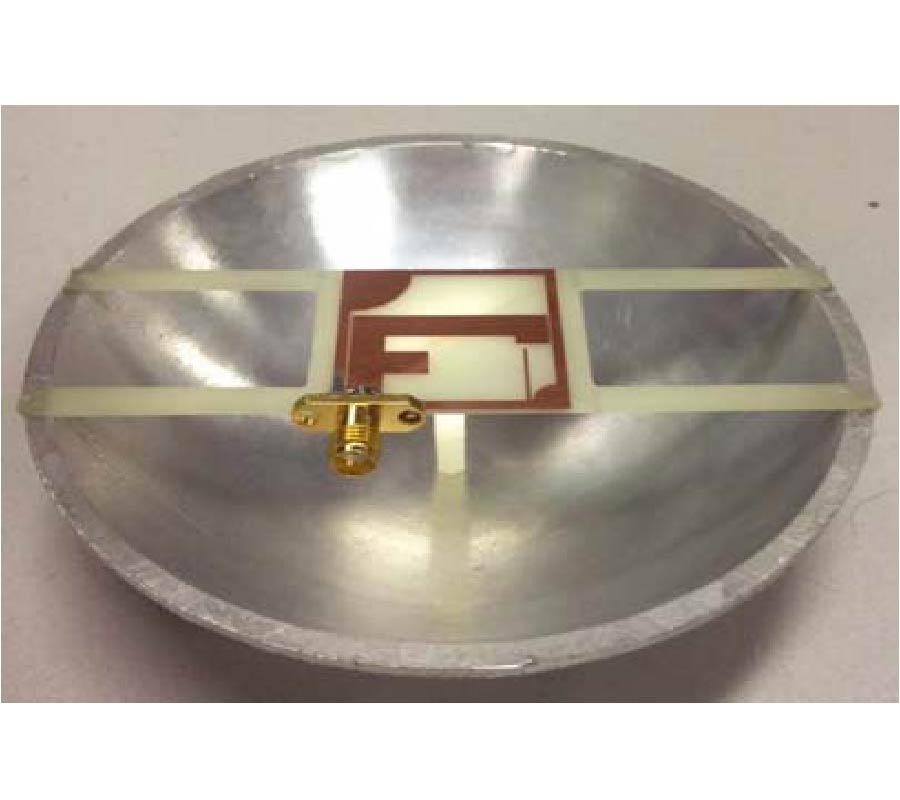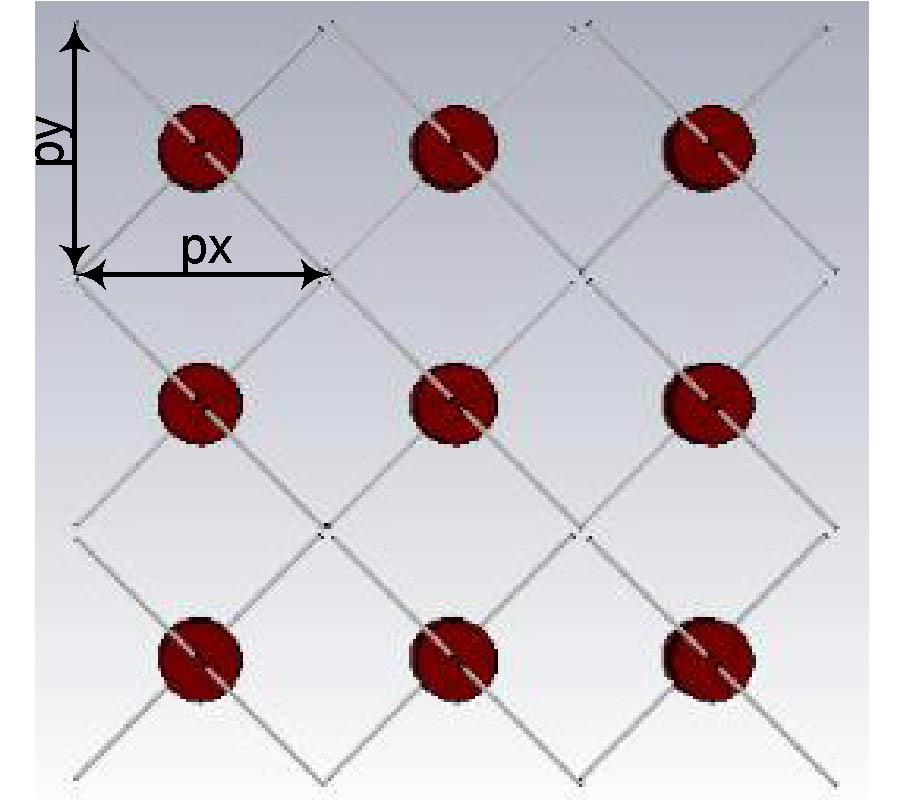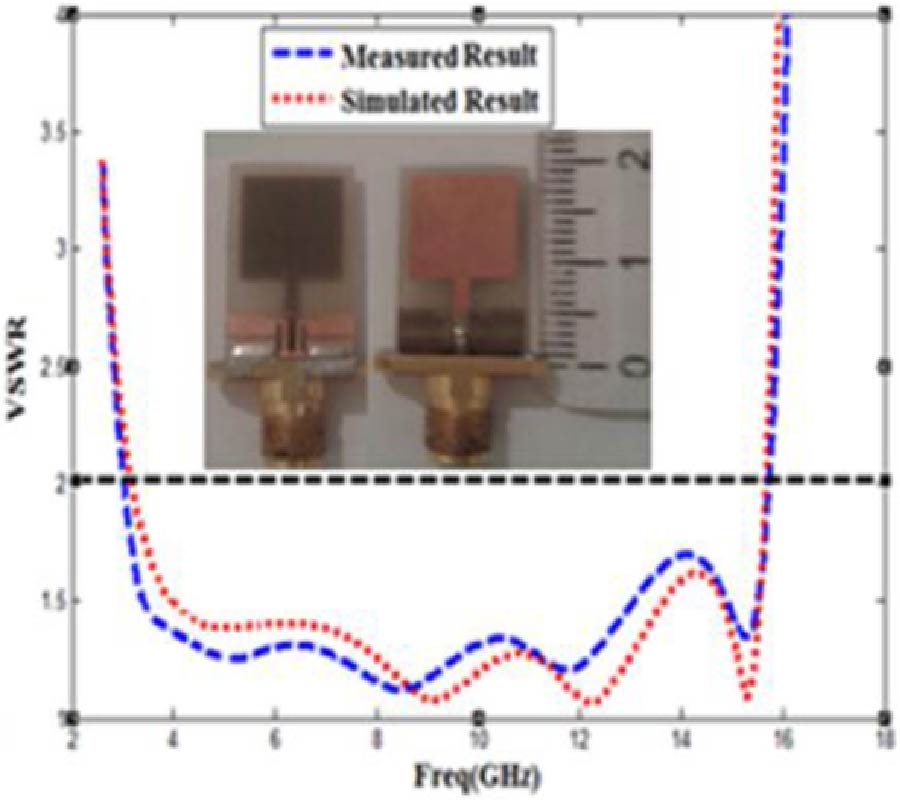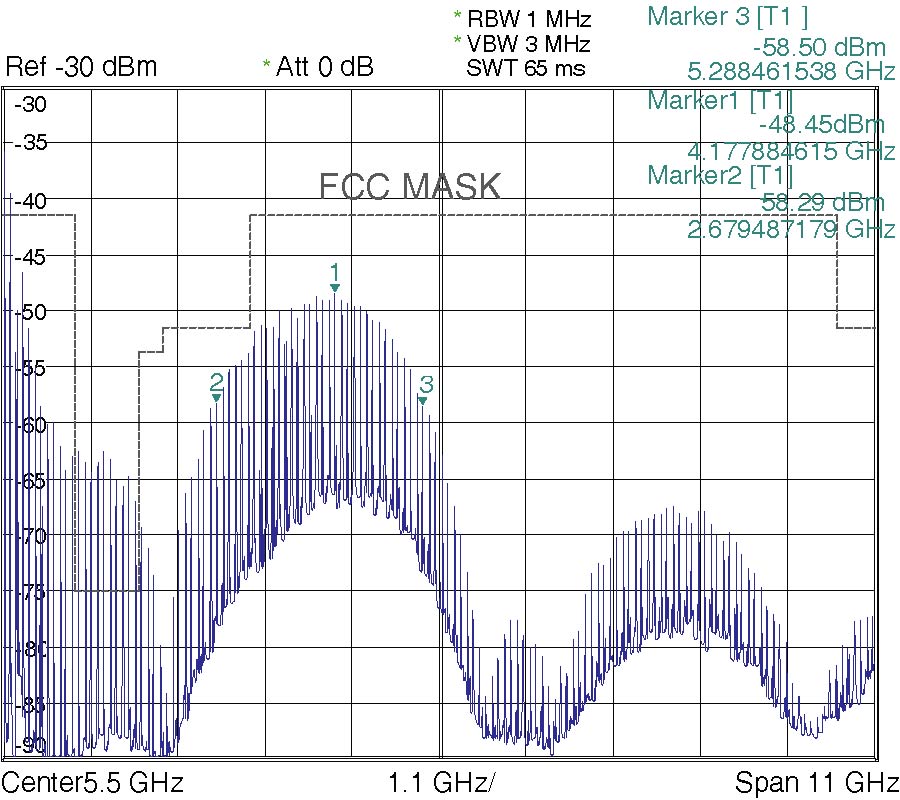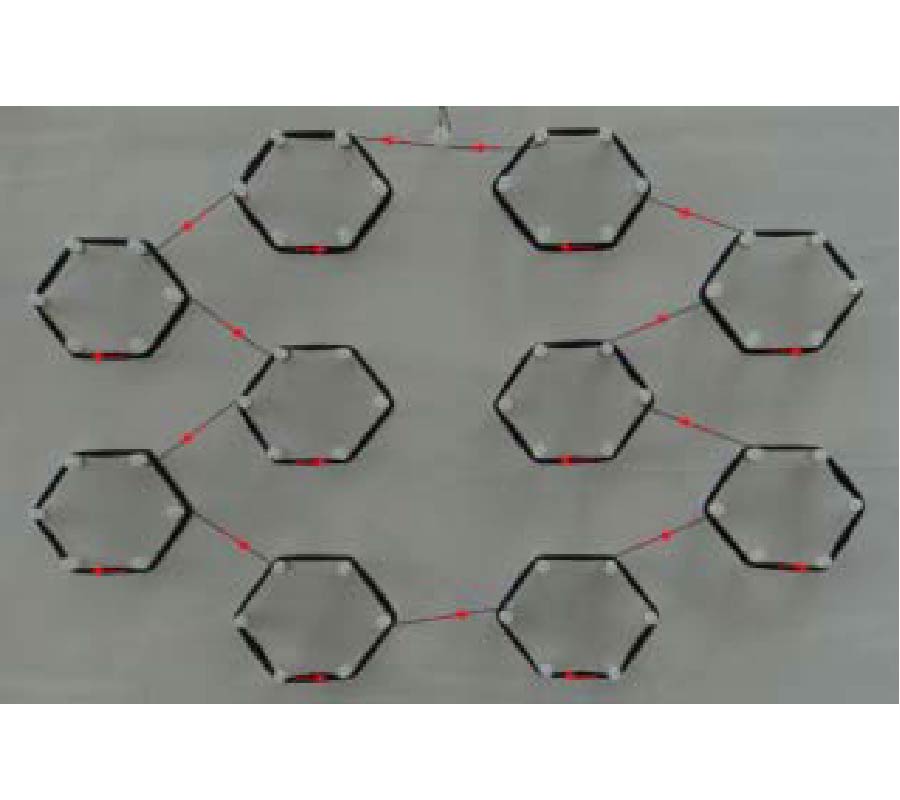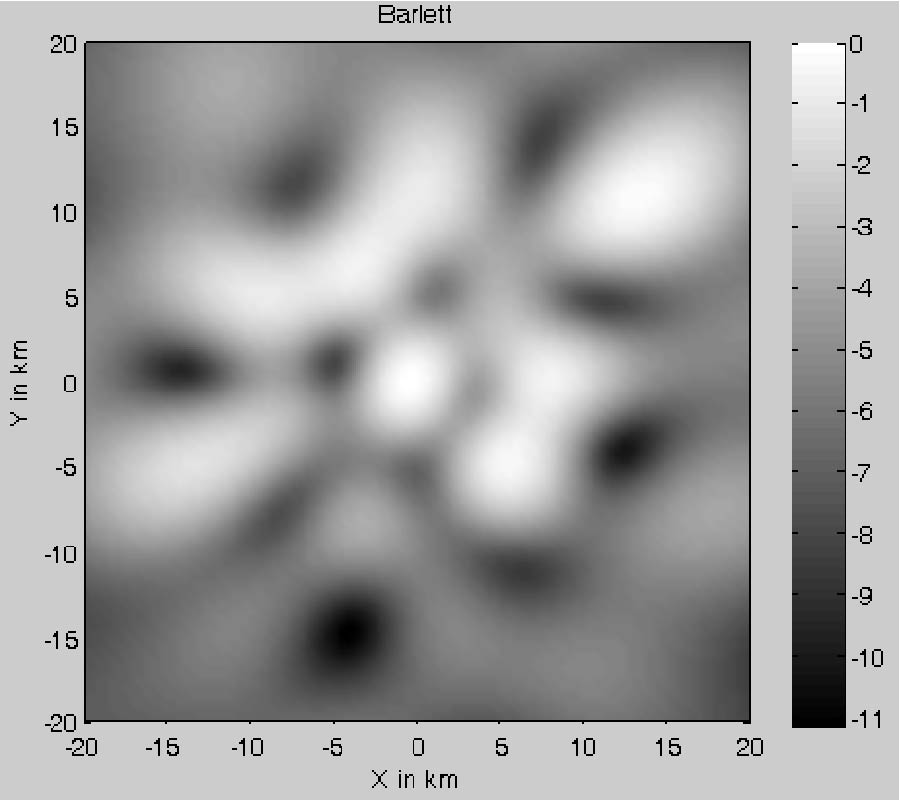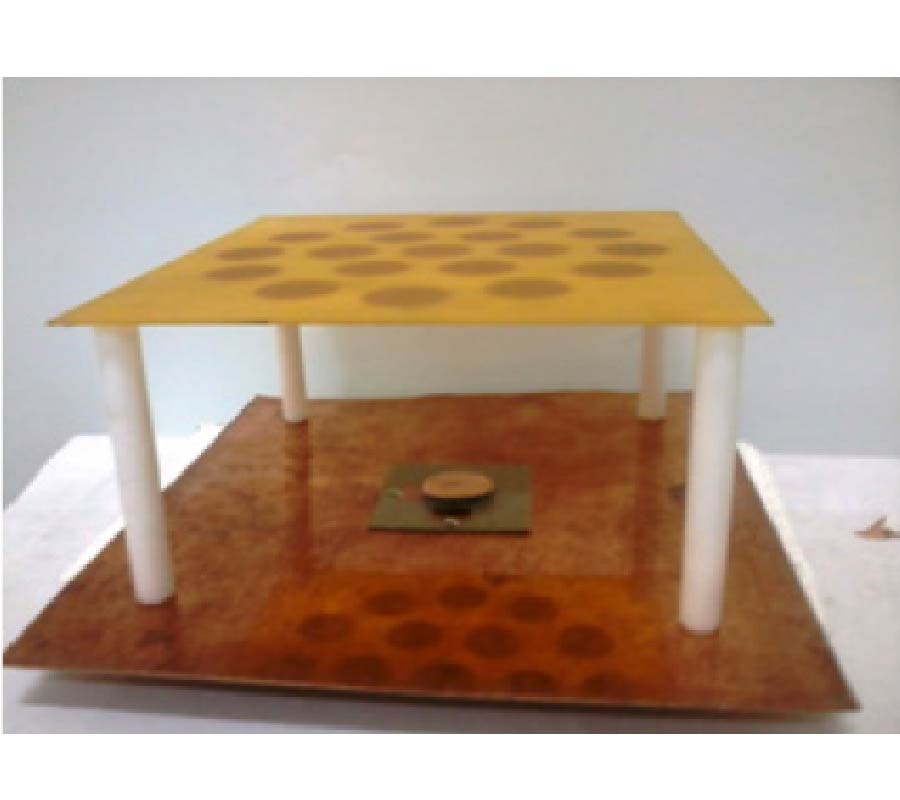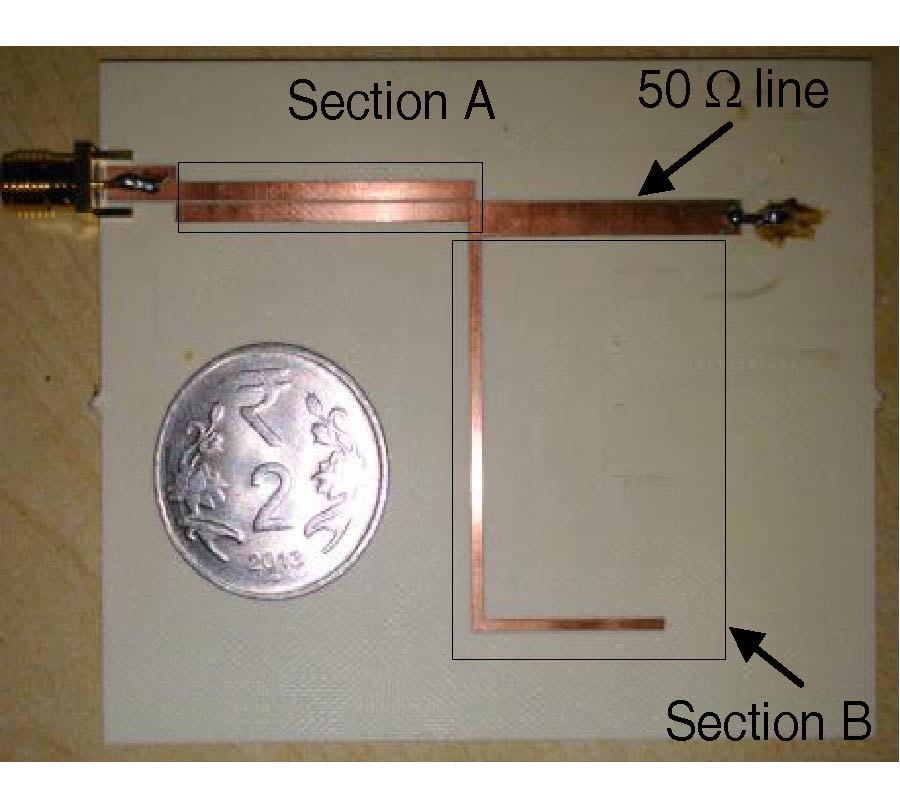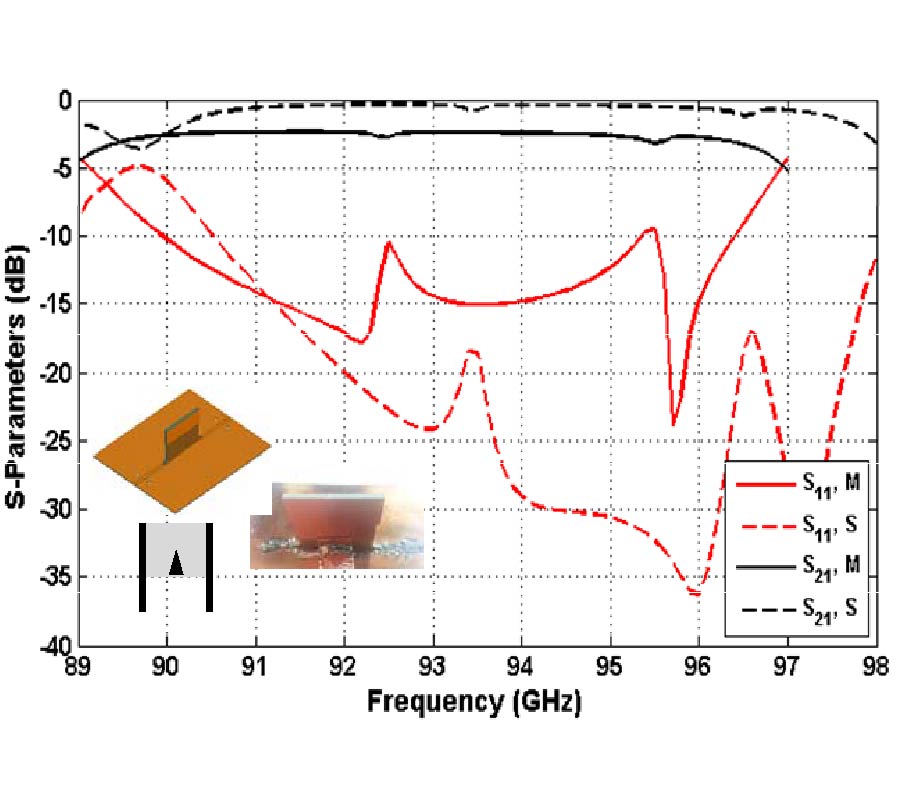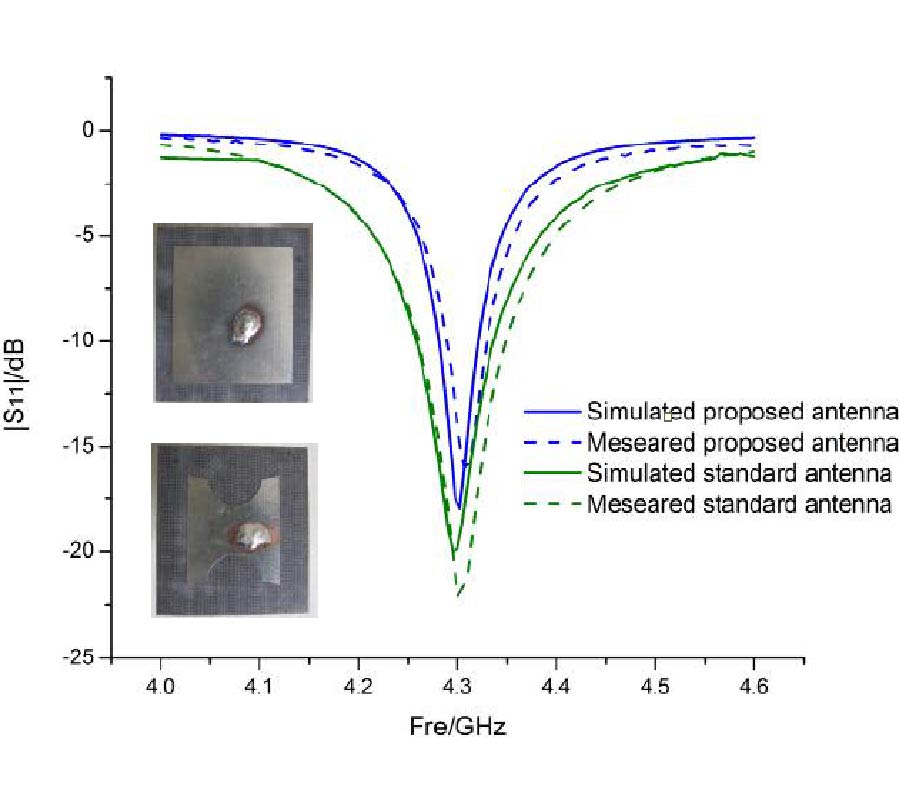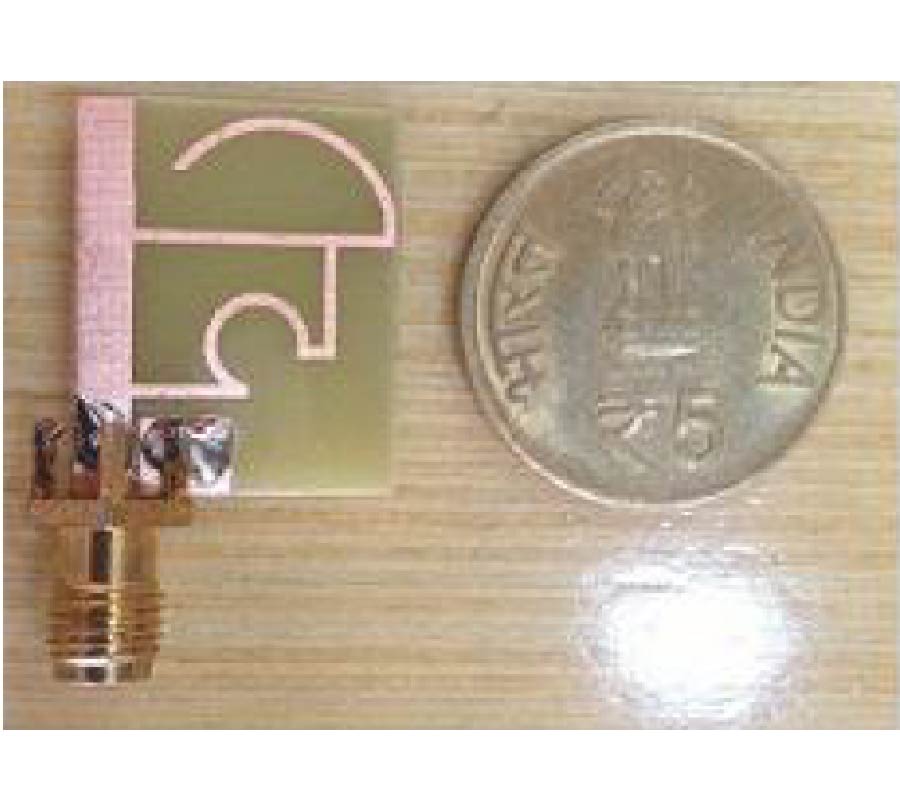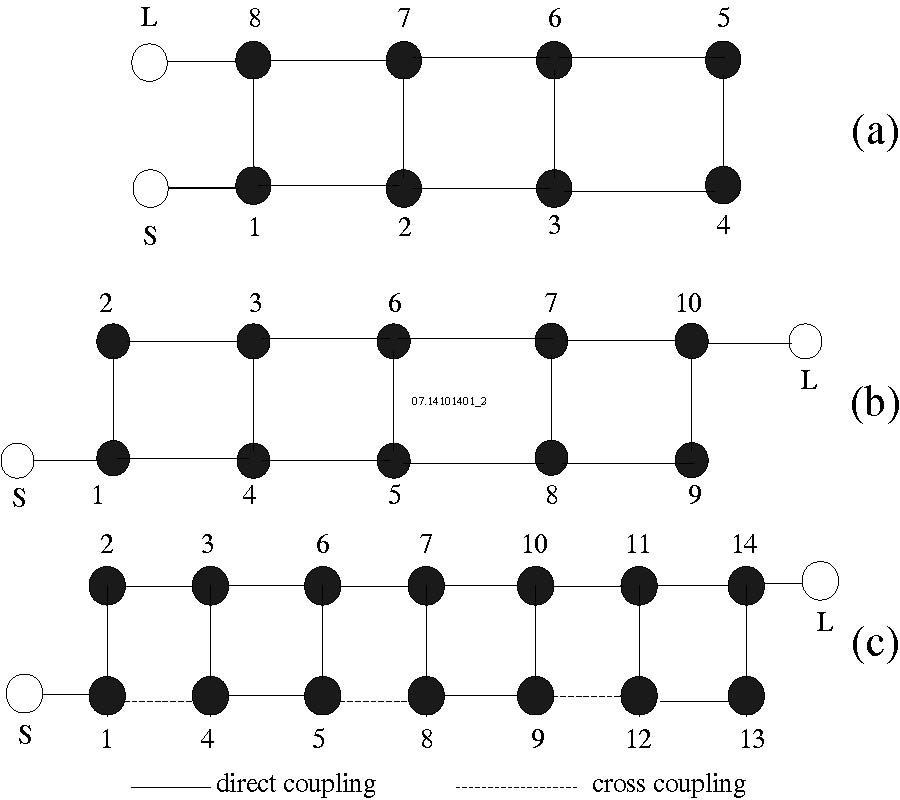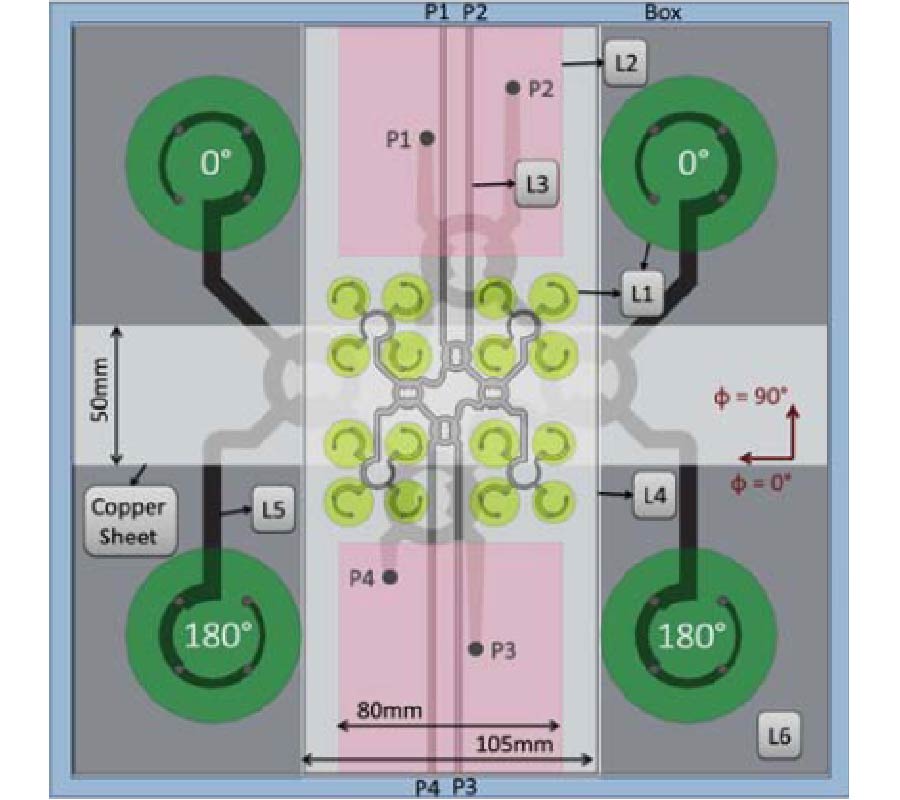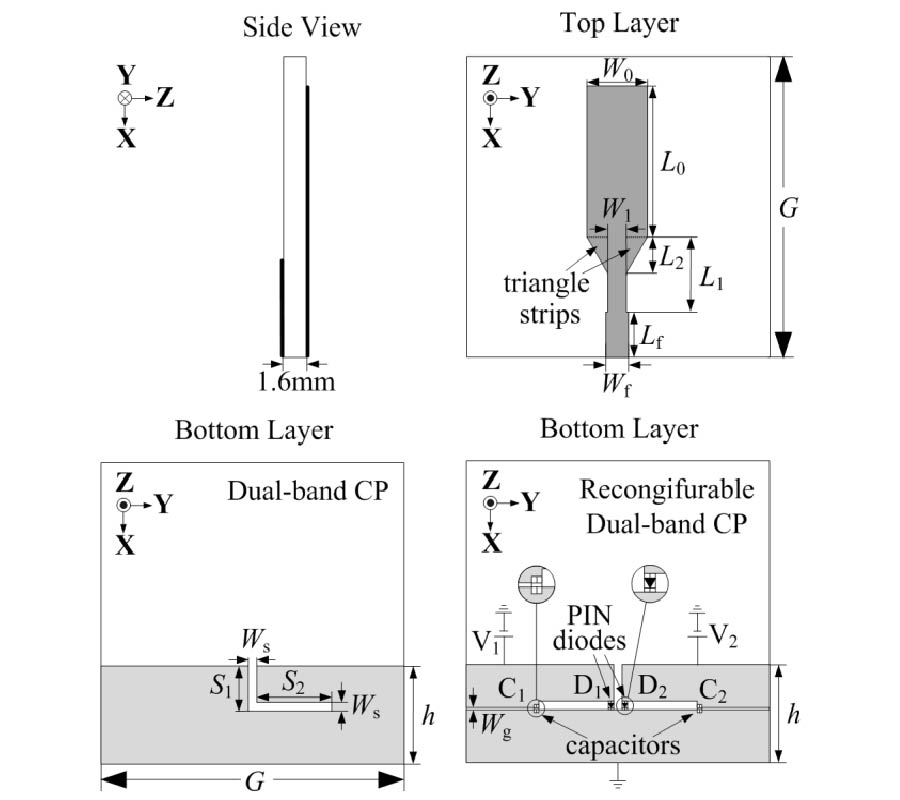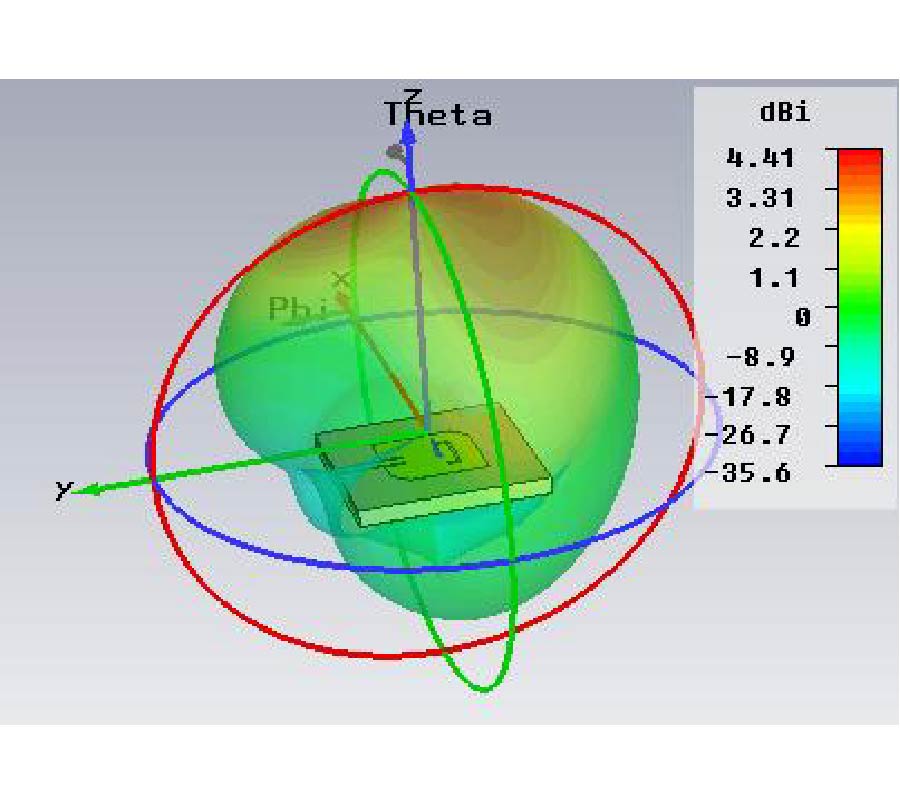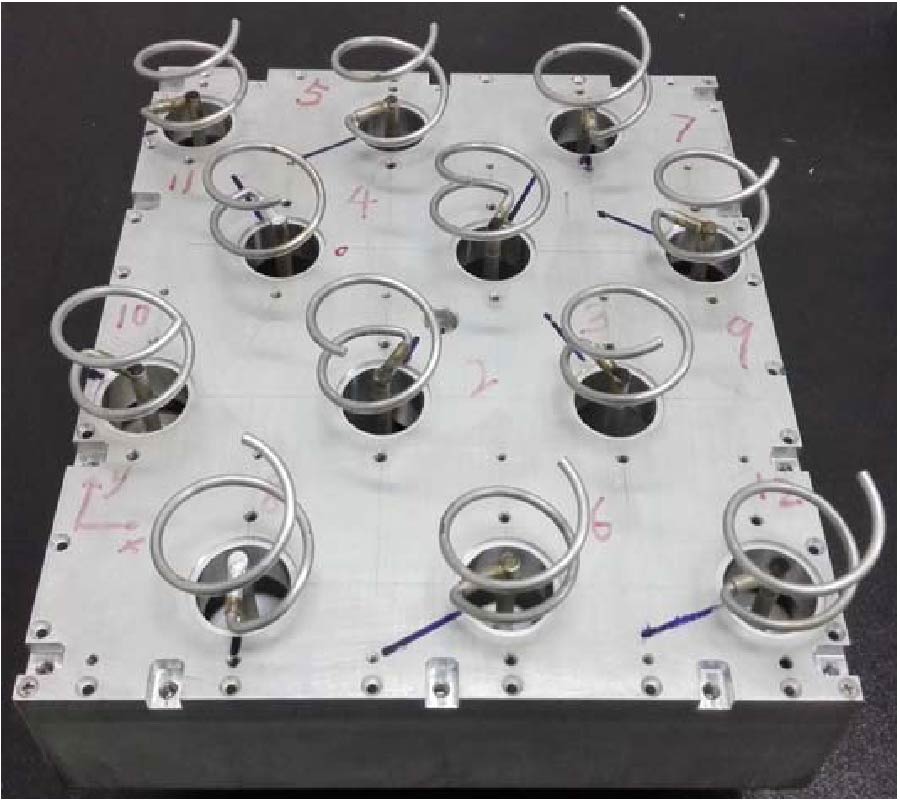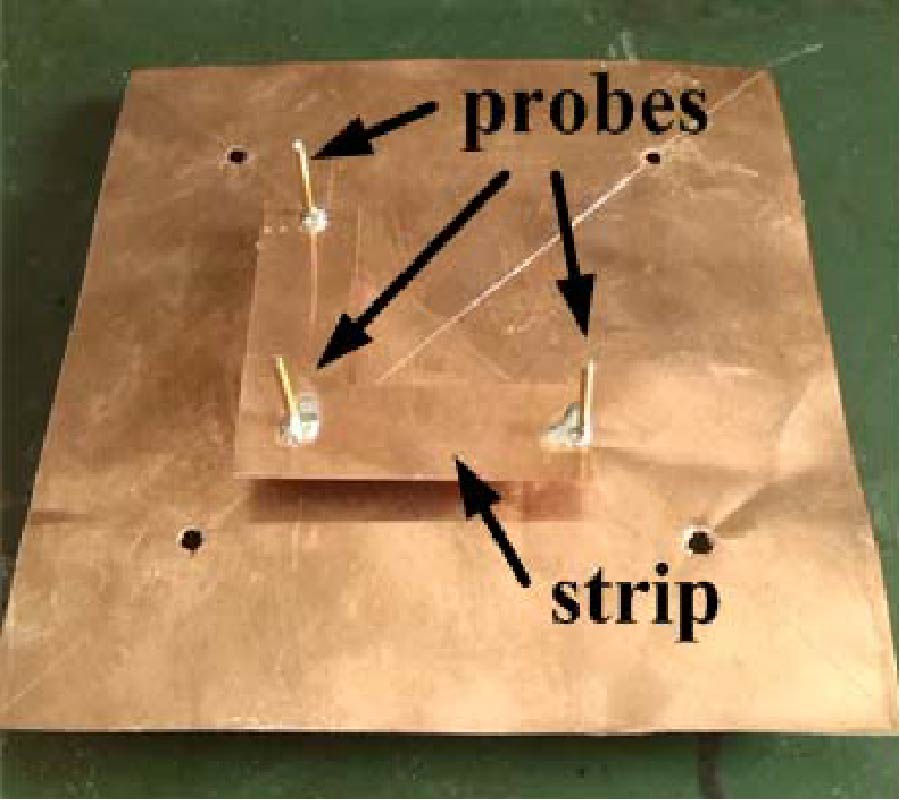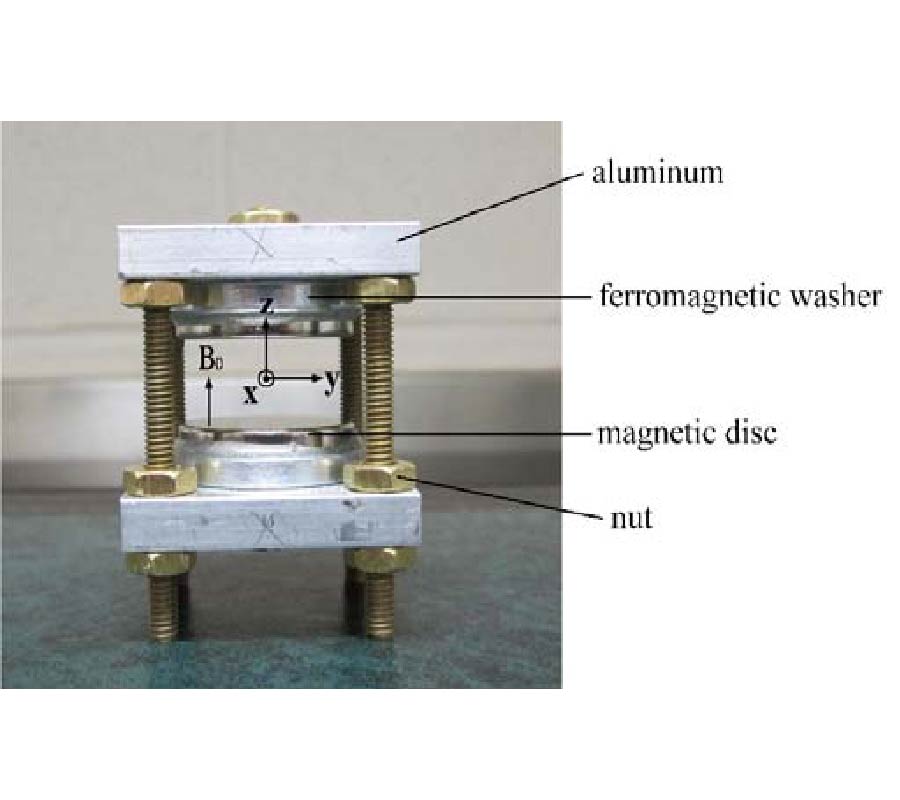2015-01-29 Latest Published
By Minxian Du
Huaxia Peng
Progress In Electromagnetics Research C, Vol. 55, 187-197, 2014
Abstract
A novel super compact electromagnetic metamaterial transmission line (EM-MTM TL) is proposed in this paper by using the structure of symmetric double spiral lines (SDSLs). The investigation results indicate that the proposed EM-MTM TL not only has controllable resonant frequency, but also has very compact size, and the circuit area is only 8.8 mm×7.2 mm (equal to λ0/32.16×λ0/39.31, where λ0 is the free space wavelength at the resonant frequency) without the feed lines. Using the proposed structure, a 3-dB branch-line coupler and a 0-dB crossover operated at 0.86 GHz have been designed, fabricated and measured; the measured and simulated results are in good agreement. The two microwave devices realize 84.8% and 85.7% size reduction, respectively. Then, a compact Butler matrix is obtained by optimizing the combination of the branch-line couplers, 0 dB crossovers and 45-degree phase shifters. The measured and simulated results of the proposed Butler matrix agree well, showing that the proposed device operates at 0.86 GHz with very good electromagnetic performances. Moreover, the circuit area of the proposed Butler matrix is 109.0 mm×89.3 mm, which realizes at least 80.9% size reduction in comparison with the conventional one (whose circuit area is at least 226.2 mm×226.2 mm), and the miniaturization is considerable. Besides, these designed microwave devices, without any lumped elements, bonding wires, defected ground structure (DGS), and via-holes, are more suitable for modern wireless communication systems.
